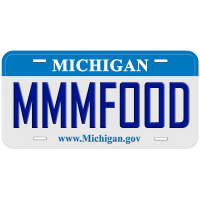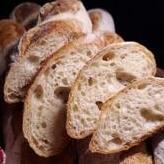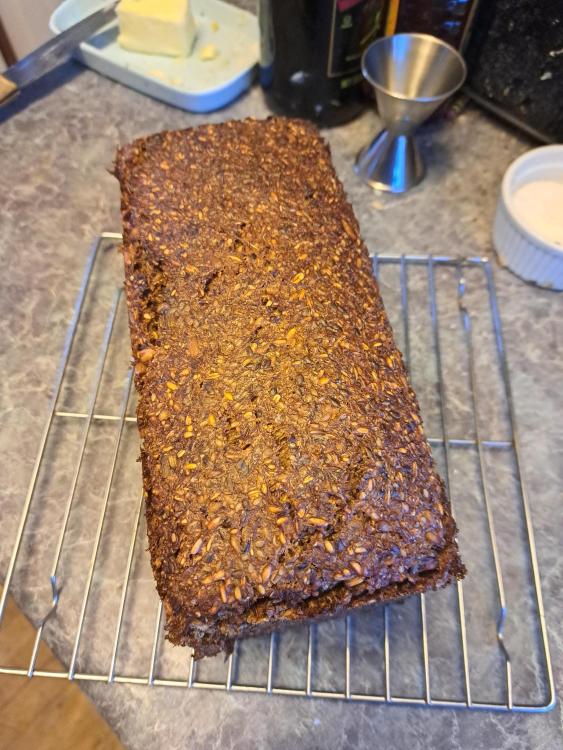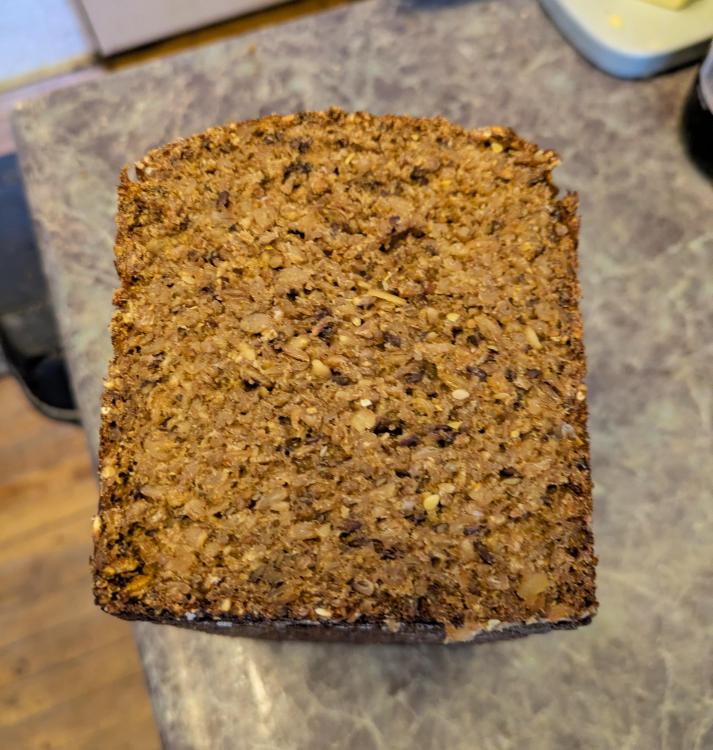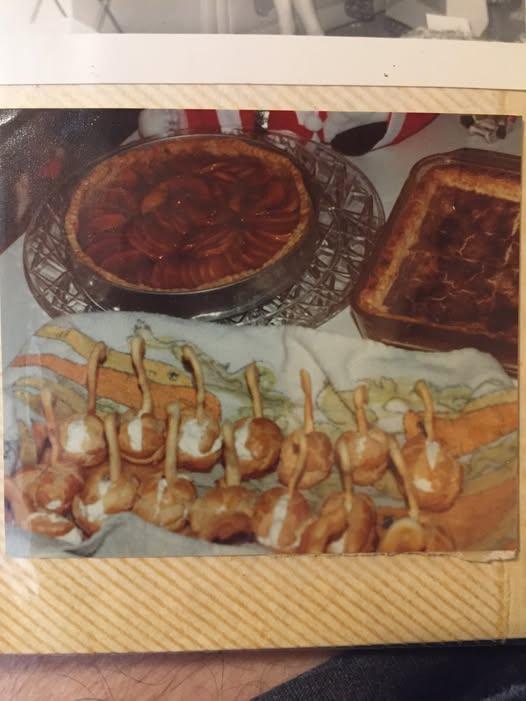-
Posts
895 -
Joined
-
Last visited
Contact Methods
-
Website URL
http://
Recent Profile Visitors
7,322 profile views
-
Excellent, thank you. I recall now from TFL book he used Elysian, wasn't aware Eric Ripert does as well. I'll go have a look. 👍
-

Your Daily Sweets: What Are You Making and Baking? (2017 – )
paul o' vendange replied to a topic in Pastry & Baking
I had no idea he was at Chez Panisse. And your testament means a lot. Definitely buying some. BTW, I went to Berkeley. One of my fondest things was to stop off at Café Fanny for morning cafe au lait in a bowl, and some morning pastry. If I recall correctly Alice Waters had named it after her daughter, which also gave it special meaning. Bit of Parisian civilization which set the day right. Ah, wistfulness.... Edit: whoops, forgot - we have his Drinking French! -

Your Daily Sweets: What Are You Making and Baking? (2017 – )
paul o' vendange replied to a topic in Pastry & Baking
Thank you! I really have to pick up a couple of his books. Been on my cart a long time. -

Your Daily Sweets: What Are You Making and Baking? (2017 – )
paul o' vendange replied to a topic in Pastry & Baking
Man, I love quince, beautiful. Did this come from one of his books? -
Awesome, thanks.👍
-
Wonderful, thanks Ann, I'll give it a shot. I wasn't aware of the site, so thanks for that too!
-
Beautiful Ann. Never heard of this bread before - any info on it?
-
paul o' vendange changed their profile photo
-
"Schrot und Korn," from a friend of mine, the family physician, author, blogger teacher and accomplished baker Dr. Björn Hollensteiner. 100% whole grain - two different coarsenesses of home-milled cracked rye, whole rye kernels boiled until "al dente" soft, a blend of roasted sunflower, flax and sesame seeds, and touch of liquid brewer's malt extract, Munich malt in this case, which I find gives a more rounded sweetness than something like beet syrup. My family wanted a very rustic rye, and this suits the bill well.
-
Absolutely gorgeous Yvonne. That satiny sheen is amazing and the crumb looks perfect.
-
Thank you so much everyone. I will look into the online sources you mentioned and also realize I've spaced - we have a local farm for "Black Mountain Welsh Sheep," and they do sell their meat. One thing I've noted of local farmers who butcher their own (we also have a wonderful beef farm, Seven Seeds), is that they understandably cut for what most people are looking for. One example is they cut their chops more thinly than I like to use, which limits how I would cook them. Grateful they're here, but I do sure miss working with providers for our restaurant, when we had it! Weinoo, you're right. I need to dig more deeply with the butcher I mentioned. They source fantastically and it's very likely they can find what I'm looking for. And YvetteMT, thanks, too, for the Ag Extension. Our UW has a very strong program in dairy and animal science and they very well might have some options. I've looked into our state's sheep dairy org. - I used to make French Savoie cheeses, all raw milk from Ayshire raised on pasture by two good friends, but love Pyrénées hard cheese like Ossau-Iraty and was always hoping to source raw sheep's milk. Our state's dairy sheep farmer either make their own cheese or sell their mllk to cheesemakers who do, so very happy for them. So I've never looked on the meat side and will do so. Thanks again.
-
Thanks AlaMoi. We're in WI. Thankfully we have a good butcher here in Madison and I can get humanely raised Red Wattle and Berkshire pork (I love Berkshire) but outside of already frenched racks, no idea where it comes from, probably all the way from NZ through massive brokerage and distribution channels, no lamb. Jamison lamb was extraordinary. (Small sidenote, mentioned alive and well. Lot of help along the way, encouraging anyone in need to reach out to people who care).
-
Hreat, thanks Smithy. I'll look into it.
-
Thanks Darienne. Congratulations on your time together! I'm 64 now, married coming up on 28 years only. But yes, amazing to look back on life. I was in terrible health for many years, until diagnosed properly some years ago (and then again with EDS a few years ago). I was up to 280, on a road to an early death. But per below, things have turned to the good. Began cooking before 10, French food by 12 when my mom bought me La Technique and I worked it cover to cover (below, the famous "cream puff swans" from Christmas, when I was 13). I cooked the entire Christmas meal. Fluent by 14 owing all to my beloved teacher, Mme. Lewis, who took a damaged kid and made him, for all intents and purposes, her TA for all 6 periods by 9th grade in an attempt to keep me in school. Life was since then a wandering through many things and I have no regrets - currently swimming up to 7500 yards daily, in fantastic health, though I mourn this pretty ancient connection to "Frenchness". We'll see if I find my way back. All good. Thanks for your post and again, all blessings for many years more.
- 17 replies
-
- 10
-

-
I have been out of cooking a long time now, and it has been fitful coming back. Not sure I ever really will. To show how long, I was saddened to just read Jamison Farm shut down back in 2021, in good measure due to the restaurant closures suffered under Covid. They were our sole lamb provider for our short-lived restaurant Waterstone, in the Upper Peninsula (2004-05). Where do you obtain your lamb? Things like shoulder clod?
-
Very sad news. The world and cuisine was a better place because of her.




